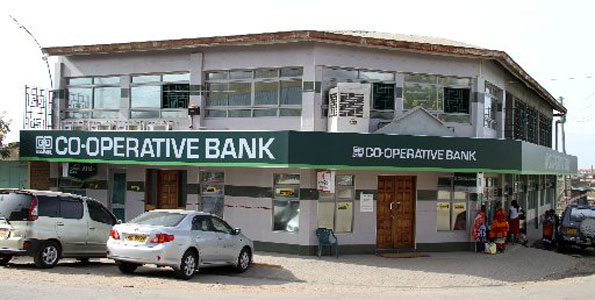
Cooperative Bank is looking to expanding into other East African markets after enjoying success in South Sudan. This was revealed during the bank’s annual general meeting (AGM) which was held on Friday last week at the Bomas of Kenya.
During the meeting, Coop Bank revealed that was eyeing a piece of the market in Rwanda, Ethiopia, Tanzania and Uganda.
At the meeting, Coop Bank shareholders re-elected re-elect Stanley Muchiri and Julius Riungu as the group chairman and vice-chairman respectively. Ernst and Young were re-appointed as the auditors of the company.
Interestingly, Coop noted that it had successfully engaged in the training of over 30,000 smallholder farmers in corporate governance & financial management.
Additionally, during the AGM, Coop Bank announced that its shareholders would get a dividend pay of Sh. 0.80 per share. This was a growth of 60 per cent from the Sh. 0.50 per share dividends paid out in the previous year.